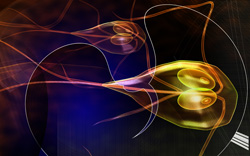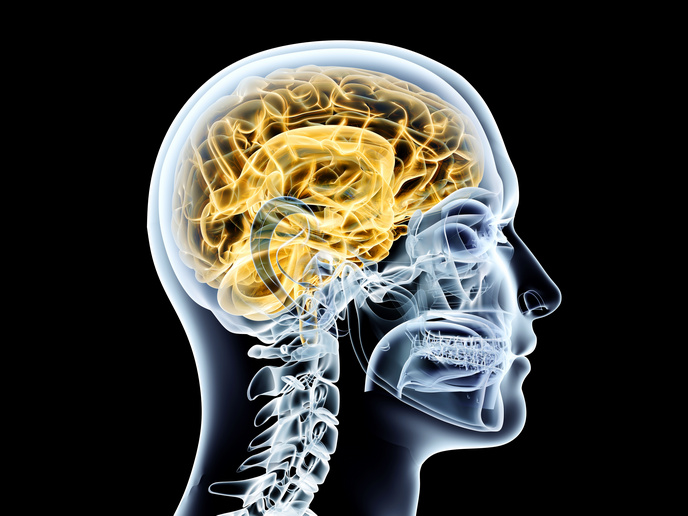Modelling structure and movement in fluids
Flagella and cilia are short and flexible organelles that enable movement by undergoing periodic structural deformation to generate propulsive forces in fluids. The EU-funded 'Fluid mechanics of flagellar propulsion' (FLAGELLA) project elucidated complex fluid–structure interactions in biological systems using a multidisciplinary approach. Researchers worked on developing models representing flagellar propulsion, undulatory swimming and tree architectures. FLAGELLA researchers developed a theoretical model for flagellar propulsion with the assumption that flagella, like muscles, do not harvest energy from surrounding fluids. This allowed them to calculate optimal shapes and kinematics without the use of artificial constraints. Scientists developed a continuous analytical model to represent the tree skeleton architecture using a self-similar structure to account for resistance to wind-induced loads. Self-similar structures are those where the proportions of a structure have undergone smaller but scaled modifications (e.g. as seen in small and large tree branches). Numerical simulations confirmed the robustness of this model. An evolutionary algorithm was developed to represent undulatory swimming and assess effects on organism shape. Undulatory motion is a rhythmic wave-like body movement seen in most aquatic vertebrates. This is particularly important for the creation of micro-robots that can travel in varying viscoelastic environments present within the human body. Researchers explored the link between shape and hydrodynamical constraints by assessing optimal design for undulatory swimmers. Motions were represented using arbitrary periodic curvature laws and numerical results were compared for animals with a different elliptic cross-section. Factors considered were higher swimming velocities, lower energetic costs and any trade-offs between the two. Undulatory swimming animals were compared with numerically obtained economical swimmers and fast swimmers. Interestingly, results suggested that evolution favours lower energetic costs. The models developed during the course of this project should significantly impact European competitiveness with wide-ranging applications in health and nanosciences. Some important applications are bacterial infection, sperm motility and designing micro-robots to perform minimally invasive surgery or targeted drug delivery.







